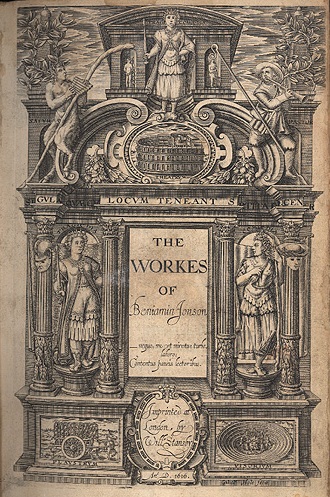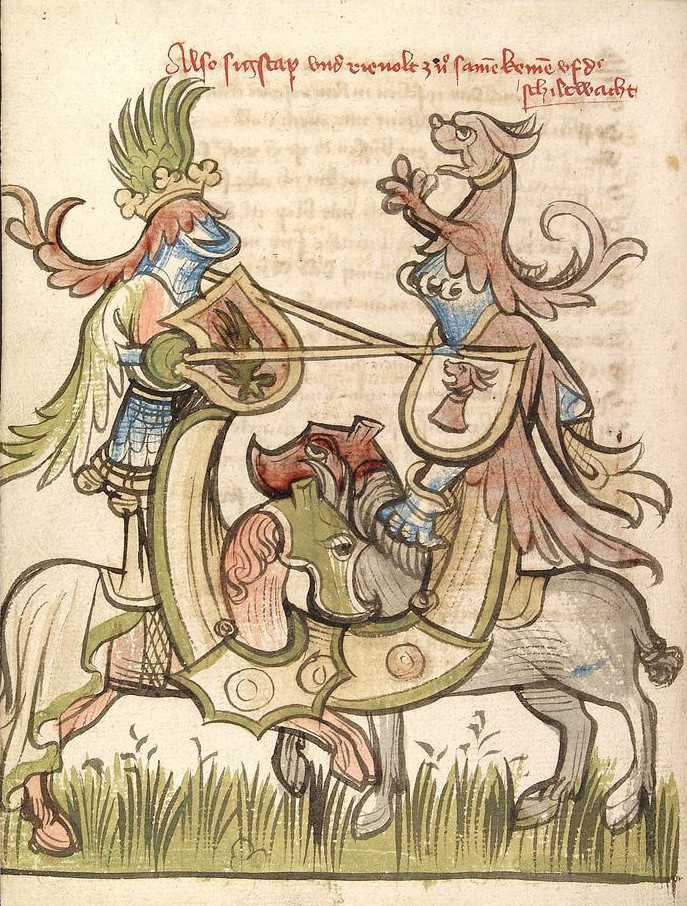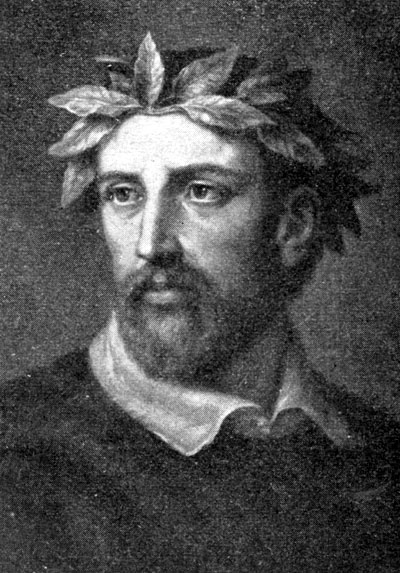|
The King's Entertainment At Welbeck
''The King's Entertainment at Welbeck in Nottinghamshire,'' alternatively titled ''Love's Welcome at Welbeck,'' was a masque or entertainment written by Ben Jonson, and performed on 21 May 1633 at the Welbeck estate of William Cavendish, 1st Duke of Newcastle. It has been argued that the philosopher Thomas Hobbes may have participated in the entertainment as a performer. Background When King Charles I conducted a royal progress through northern England to Scotland in the spring and summer of 1633, he stayed and was entertained at the country houses of important aristocrats. The most lavish, and in retrospect the most famous of those 1633 shows, was Jonson's at Welbeck. Charles was so pleased with it that he requested another from the same source on his 1634 progress, which resulted in the "more spectacular" show, ''Love's Welcome at Bolsover.'' Newcastle spent between £4000 and £5000 on the masque, which was considered a phenomenal sum for such an occasion – until the followi ... [...More Info...] [...Related Items...] OR: [Wikipedia] [Google] [Baidu] |
Masque
The masque was a form of festive courtly entertainment that flourished in 16th- and early 17th-century Europe, though it was developed earlier in Italy, in forms including the intermedio (a public version of the masque was the pageant). A masque involved music, dancing, singing and acting, within an elaborate stage design, in which the architectural framing and costumes might be designed by a renowned architect, to present a deferential allegory flattering to the patron. Professional actors and musicians were hired for the speaking and singing parts. Masquers who did not speak or sing were often courtiers: the English queen Anne of Denmark frequently danced with her ladies in masques between 1603 and 1611, and Henry VIII and Charles I of England performed in the masques at their courts. In the tradition of masque, Louis XIV of France danced in ballets at Versailles with music by Jean-Baptiste Lully. Development The masque tradition developed from the elaborate pageants and co ... [...More Info...] [...Related Items...] OR: [Wikipedia] [Google] [Baidu] |
Heraldry
Heraldry is a discipline relating to the design, display and study of armorial bearings (known as armory), as well as related disciplines, such as vexillology, together with the study of ceremony, rank and pedigree. Armory, the best-known branch of heraldry, concerns the design and transmission of the heraldic achievement. The achievement, or armorial bearings usually includes a coat of arms on a shield, helmet and crest, together with any accompanying devices, such as supporters, badges, heraldic banners and mottoes. Although the use of various devices to signify individuals and groups goes back to antiquity, both the form and use of such devices varied widely, as the concept of regular, hereditary designs, constituting the distinguishing feature of heraldry, did not develop until the High Middle Ages. It is often claimed that the use of helmets with face guards during this period made it difficult to recognize one's commanders in the field when large armies gathered toge ... [...More Info...] [...Related Items...] OR: [Wikipedia] [Google] [Baidu] |
Masques By Ben Jonson
The masque was a form of festive courtly entertainment that flourished in 16th- and early 17th-century Europe, though it was developed earlier in Italy, in forms including the intermedio (a public version of the masque was the pageant). A masque involved music, dancing, singing and acting, within an elaborate stage design, in which the architectural framing and costumes might be designed by a renowned architect, to present a deferential allegory flattering to the patron. Professional actors and musicians were hired for the speaking and singing parts. Masquers who did not speak or sing were often courtiers: the English queen Anne of Denmark frequently danced with her ladies in masques between 1603 and 1611, and Henry VIII and Charles I of England performed in the masques at their courts. In the tradition of masque, Louis XIV of France danced in ballets at Versailles with music by Jean-Baptiste Lully. Development The masque tradition developed from the elaborate pageants and cou ... [...More Info...] [...Related Items...] OR: [Wikipedia] [Google] [Baidu] |
Trivium (education)
The trivium is the lower division of the seven liberal arts and comprises grammar, logic, and rhetoric. The trivium is implicit in ''De nuptiis Philologiae et Mercurii'' ("On the Marriage of Philology and Mercury") by Martianus Capella, but the term was not used until the Carolingian Renaissance, when it was coined in imitation of the earlier quadrivium. Grammar, logic, and rhetoric were essential to a classical education, as explained in Plato's dialogues. The three subjects together were denoted by the word ''trivium'' during the Middle Ages, but the tradition of first learning those three subjects was established in ancient Greece. Contemporary iterations have taken various forms, including those found in certain British and American universities (some being part of the Classical education movement) and at the independent Oundle School in the United Kingdom. Etymology Etymologically, the Latin word trivium means "the place where three roads meet" (tri + via); hence, the ... [...More Info...] [...Related Items...] OR: [Wikipedia] [Google] [Baidu] |
Rhetoric
Rhetoric () is the art of persuasion, which along with grammar and logic (or dialectic), is one of the three ancient arts of discourse. Rhetoric aims to study the techniques writers or speakers utilize to inform, persuade, or motivate particular audiences in specific situations. Aristotle defines rhetoric as "the faculty of observing in any given case the available means of persuasion" and since mastery of the art was necessary for victory in a case at law, for passage of proposals in the assembly, or for fame as a speaker in civic ceremonies, he calls it "a combination of the science of logic and of the ethical branch of politics". Rhetoric typically provides heuristics for understanding, discovering, and developing arguments for particular situations, such as Aristotle's three persuasive audience appeals: logos, pathos, and ethos. The five canons of rhetoric or phases of developing a persuasive speech were first codified in classical Rome: invention, arrangement, ... [...More Info...] [...Related Items...] OR: [Wikipedia] [Google] [Baidu] |
Aloysius Martinich
Aloysius Patrick Martinich (born June 28, 1946), usually cited as A. P. Martinich, is an American analytic philosopher. He is the Roy Allison Vaughan Centennial Professor Emeritus in Philosophy at University of Texas at Austin. His area of interest is the nature and practice of interpretation; history of modern philosophy; the philosophy of language ; the history of political thinking and Thomas Hobbes. Biography Aloysius P. Martinich (June 28, 1946). He has specialized in the philosophy of language and the philosophy of Thomas Hobbes Thomas Hobbes ( ; 5/15 April 1588 – 4/14 December 1679) was an English philosopher, considered to be one of the founders of modern political philosophy. Hobbes is best known for his 1651 book ''Leviathan'', in which he expounds an influent .... He is the author of ''The Two Gods of Leviathan'' (1992), ''Hobbes: A Biography'' (1999), ''Hobbes's Political Philosophy"(2021). Publications Books * ''Thomas Hobbes, Computatio sive Logica: Part ... [...More Info...] [...Related Items...] OR: [Wikipedia] [Google] [Baidu] |
1641 In Literature
This article contains information about the literary events and publications of 1641. Events *March 12 – Abraham Cowley's play ''The Guardian'' is acted at Trinity College, Cambridge, in the presence of Prince Charles (later King Charles II). *Spring – Pierre Corneille marries Marie de Lampérière. *c. May – William Davenant is convicted of high treason for his part in the First Army Plot in England. *August 5 – Because of an increase in cases of plague, John Lowin delivers warrants to London theatres ordering them to close. *c. December – Edward Hyde, 1st Earl of Clarendon, becomes an advisor to King Charles I of England. New books Prose * George Abbot – ''Vindiciae Sabbathi'' *Moses Amyraut – ''De l'elevation de la foy et de l'abaissement de la raison en la creance des mysteres de la religion'' * Richard Baker – ''Apologie for Laymen's Writing in Divinity, with a Short Meditation upon the Fall of Lucifer'' *Sir Edward Coke – ''The Complete Copyholder'' *L ... [...More Info...] [...Related Items...] OR: [Wikipedia] [Google] [Baidu] |
Ben Jonson Folios
Ben Jonson (c. 11 June 1572 – c. 16 August 1637) collected his plays and other writings into a book he titled ''The Workes of Benjamin Jonson''. In 1616 it was printed in London in the form of a folio. Second and third editions of his works were published posthumously in 1640 and 1692. These editions of Ben Jonson's works were a crucial development in the publication of English Renaissance drama. The first folio collection, ''The Workes of Benjamin Jonson'', treated stage plays as serious works of literature and stood as a precedent for other play collections that followed—notably the First Folio of Shakespeare's plays in 1623, the first Beaumont and Fletcher folio in 1647, and other collections that were important in preserving the dramatic literature of the age. The first folio, 1616 ''The Workes of Benjamin Jonson'', the first Jonson folio of 1616, printed and published by William Stansby and sold through bookseller Richard Meighen, contained nine plays all previously p ... [...More Info...] [...Related Items...] OR: [Wikipedia] [Google] [Baidu] |
The Speeches At Prince Henry's Barriers
''The Speeches at Prince Henry's Barriers'', sometimes called ''The Lady of the Lake,'' is a masque or entertainment written by Ben Jonson in honour of Henry Frederick, Prince of Wales, the son and heir of King James I of England. The speeches were performed on 6 January 1610 in conjunction with the ceremony known as Prince Henry's Barriers. Barriers "Barriers" was a stylized martial combat, conducted on foot with swords and pikes; it was something like a joust without horses. Though ceremonial in nature, the practice had some inherent risk (as jousting did), and the sixteen-year-old Prince Henry had to persuade his reluctant father to allow his participation. The ceremonial challenge that initiated the barriers occurred on 31 December 1609; Prince Henry then kept an "open table" at St. James's Palace, which cost £100 per day. The Prince was supported by a team of six nobles and gentlemen: Ludovic Stewart, 2nd Duke of Lennox; Thomas Howard, 21st Earl of Arundel; Henry Wriothes ... [...More Info...] [...Related Items...] OR: [Wikipedia] [Google] [Baidu] |
Jousting
Jousting is a martial game or hastilude between two horse riders wielding lances with blunted tips, often as part of a tournament. The primary aim was to replicate a clash of heavy cavalry, with each participant trying to strike the opponent while riding towards him at high speed, breaking the lance on the opponent's shield or jousting armour if possible, or unhorsing him. The joust became an iconic characteristic of the knight in Romantic medievalism. The participants experience close to three and a quarter times their body weight in G-forces when the lances collide with their armour. The term is derived from Old French , ultimately from Latin "to approach, to meet". The word was loaned into Middle English around 1300, when jousting was a very popular sport among the Anglo-Norman knighthood. The synonym tilt (as in tilting at windmills) dates . Jousting is based on the military use of the lance by heavy cavalry. It transformed into a specialized sport during the Late M ... [...More Info...] [...Related Items...] OR: [Wikipedia] [Google] [Baidu] |
Quintain (jousting)
The quintain (from Latin "fifth"), also known as pavo (Latin "peacock"), may have included a number of lance games, often used as a training aid for jousting, where the competitor would attempt to strike a stationary object with a lance. The common object was a shield or board on a pole (usually referred to, confusingly, as 'the quintain'), although a mannequin was sometimes used. It was not unknown for a seated armoured knight to act as the target. This game was open to all, popular with young men of all classes. While the use of horses aided in training for the joust, the game could be played on foot, using a wooden horse or on boats (popular in 12th-century London). As late as the 18th century running at the quintain survived in English rural districts. In one variation of the pastime the quintain was a tun filled with water, which, if the blow was a poor one, was emptied over the striker. A later form was a post with a cross-piece, from which was suspended a ring, which t ... [...More Info...] [...Related Items...] OR: [Wikipedia] [Google] [Baidu] |
Poet Laureate
A poet laureate (plural: poets laureate) is a poet officially appointed by a government or conferring institution, typically expected to compose poems for special events and occasions. Albertino Mussato of Padua and Francesco Petrarca (Petrarch) of Arezzo were the first to be crowned poets laureate after the classical age, respectively in 1315 and 1342. In Britain, the term dates from the appointment of Bernard André by Henry VII of England. The royal office of Poet Laureate in England dates from the appointment of John Dryden in 1668. In modern times a poet laureate title may be conferred by an organization such as the Poetry Foundation, which designates a Young People's Poet Laureate, unconnected with the National Youth Poet Laureate and the United States Poet Laureate. The office is also popular with regional and community groups. Examples include the Pikes Peak Poet Laureate, which is designated by a "Presenting Partners" group from within the community, the Minnesota p ... [...More Info...] [...Related Items...] OR: [Wikipedia] [Google] [Baidu] |
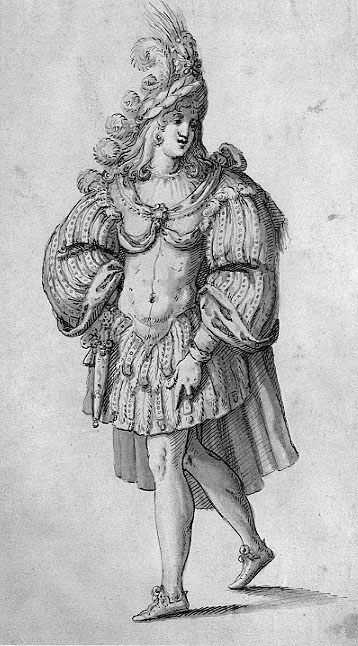

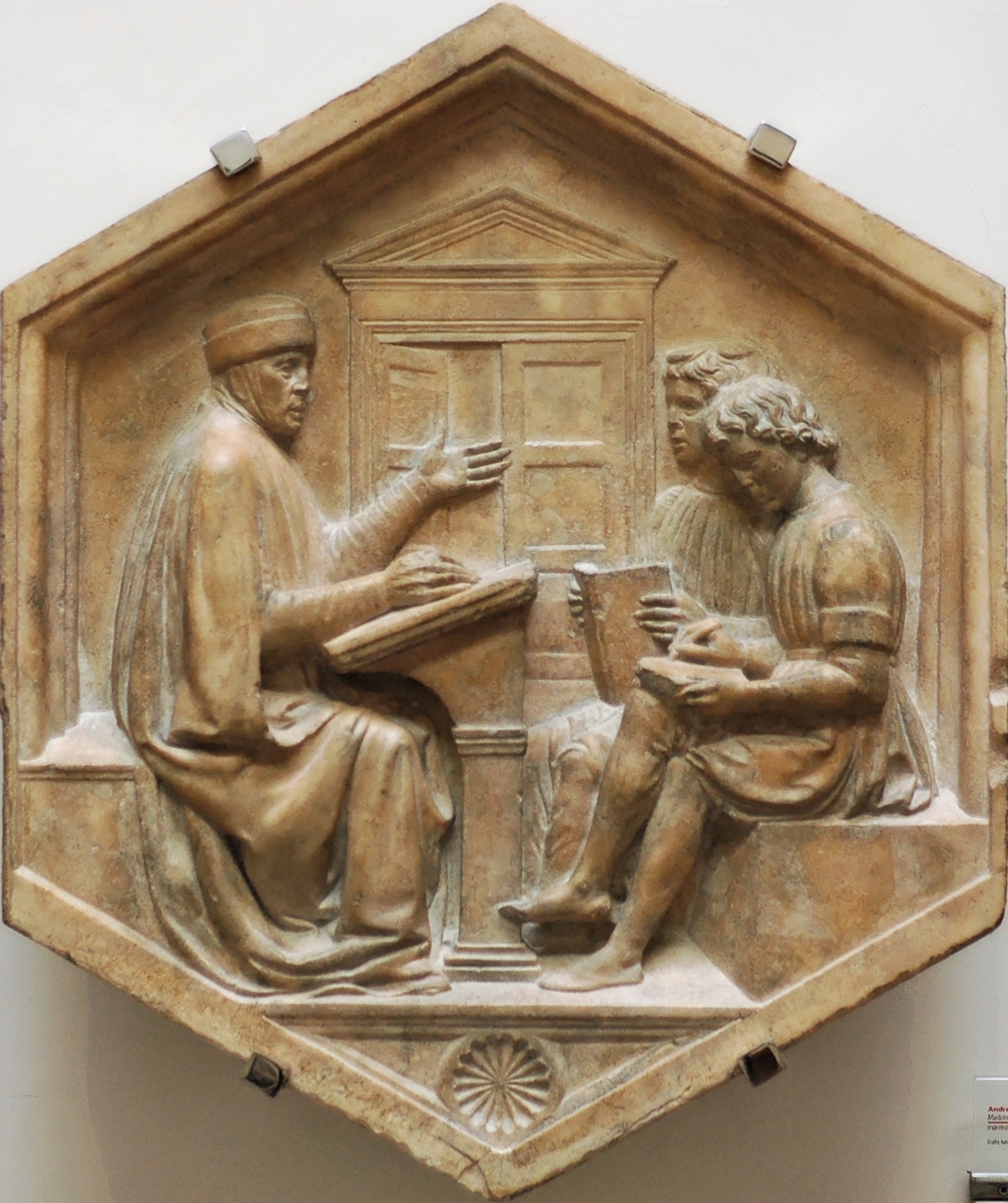
.jpg)
